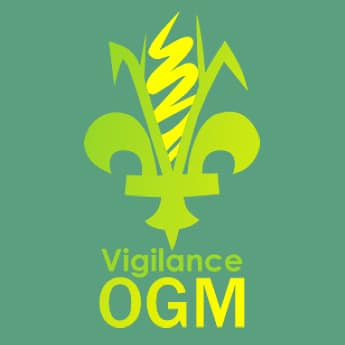Background
December 13, 2023
The American chestnut:
- The American chestnut tree was once a keystone species in eastern forests of the United States and Canada, making up around 30% of the total tree canopy.
- A blight was introduced in the early 20th century when a chestnut tree from Asia was imported to the US that killed billions of American chestnut trees in the US and Canada.
- Millions of American chestnuts still grow in forests, but only a small percent make it to maturity.
- The American chestnut is classified as an endangered species in Canada.
The genetically engineered American chestnut “Darling 58”:
- Called the “Darling 58” (D58), this genetically engineered (GE or genetically modified) American chestnut tree has been promoted as key to restoring this keystone species.
- It is genetically engineered to tolerate Cryphonectria parasitica, the fungal disease that causes chestnut blight.
- It is a transgenic tree, meaning it was engineered by inserting genetic material from other species into the tree’s DNA.
- The package of inserted DNA contains genetic material from five species: wheat (OxO gene), a plant related to mustard, two different bacteria, and a plant virus.
- The D58 was developed by researchers at the State University of New York’s College of Environmental Science and Forestry (SUNY-ESF), in collaboration with The American Chestnut Foundation (TACF)
- In December 2023, TACF reported its findings that the D58 is not blight tolerant and has significantly compromised growth and survival. (See CBAN’s background summary here.)
The risks of releasing a genetically engineered tree:
- Forest ecosystems are highly complex and poorly understood. Assessing how the release of a GE tree will affect other trees, understory plants, insects, soils, fungi, wildlife, and human communities over time would require a far better understanding of forest ecology than we currently have.
- Recent research reveals highly intricate inter-dependencies, feedback loops and communication networks between and among forest species. This incredible complexity increases the unknowns and uncertainties of introducing GE trees.
- There is no way to guarantee that a genetically engineered tree will function as planned in the wild.
- There is no evidence that this GE tree will be able to grow to maturity in the wild, or that its GE blight tolerant trait will remain stable in the long term. In fact, new research reported by TACF (December 2023) shows that the Darling 58 is only marginally blight tolerant and this tolerance diminishes over time.
- Even if a future GE tree could successfully tolerate the current blight, there is a danger that this blight could adapt to the GE trait and continue killing the trees.
- The D58 is designed to spread its genetic modifications to wild American chestnut trees, with unknown impacts on future generations of the trees. This could imperil the trees still surviving in the forests and would threaten the decades of non-GE restoration work.
- The D58 would inevitably cross the border into Canada threatening the existence of the genetically unique American chestnut population in southern Ontario. The American chestnut is listed as an endangered species in Canada.
Options to restore the American chestnut:
- Restoration programs that do not use genetic engineering are ongoing in the US and Canada.
- The Canadian Chestnut Council (CCC) is a group of dedicated volunteers that has a mission to preserve and restore the wild American chestnut with a stewardship agreement under Ontario’s Endangered Species Act (2007). The CCC has been working to identify and breed healthy American chestnuts for more than twenty years and their works shows great promise. Many individual trees in Canada exhibit high genetic fitness (i.e. they can reproduce successfully) and a high tolerance to chestnut blight.
- The Canadian Chestnut Council is opposed to release of the D58 and is concerned that if it is brought across the border or spreads into Canada over time, it would threaten their own blight resistance breeding program and the future of the unique Northwest population of wild American chestnuts.
Next steps for the GE American chestnut:
- SUNY-ESF submitted a request to approve release of this GE tree into the wild (a petition for deregulation) to the US Department of Agriculture (USDA-APHIS) on January 17, 2020.
- In July 2022, APHIS issued a draft Environmental Impact Statement recommending approval of D58, with a final decision expected any time.
- If the US government allows release of this GE tree, this would be the first genetically engineered plant to be approved for release in the wild, with the intent of cross-pollinating with wild organisms.
- If D58 is approved, future iterations of the tree will face significantly less regulatory oversight, in an already weak regulatory system.
If approved by USDA-APHIS, the US Environmental Protection Agency could impose restrictions on the planting of D58 such as geographic or total acreage limits. A decision from the EPA on whether or not the D58 needs to be registered with the department could take an additional 2-3 years. - The US Food and Drug Administration is also evaluating D58 chestnuts for food safety.
- The status of a request for approval in Canada is unknown and this information is classified as confidential business information by the Canadian Food Inspection Agency.
For more information and background from CBAN on GE trees see cban.ca/trees






